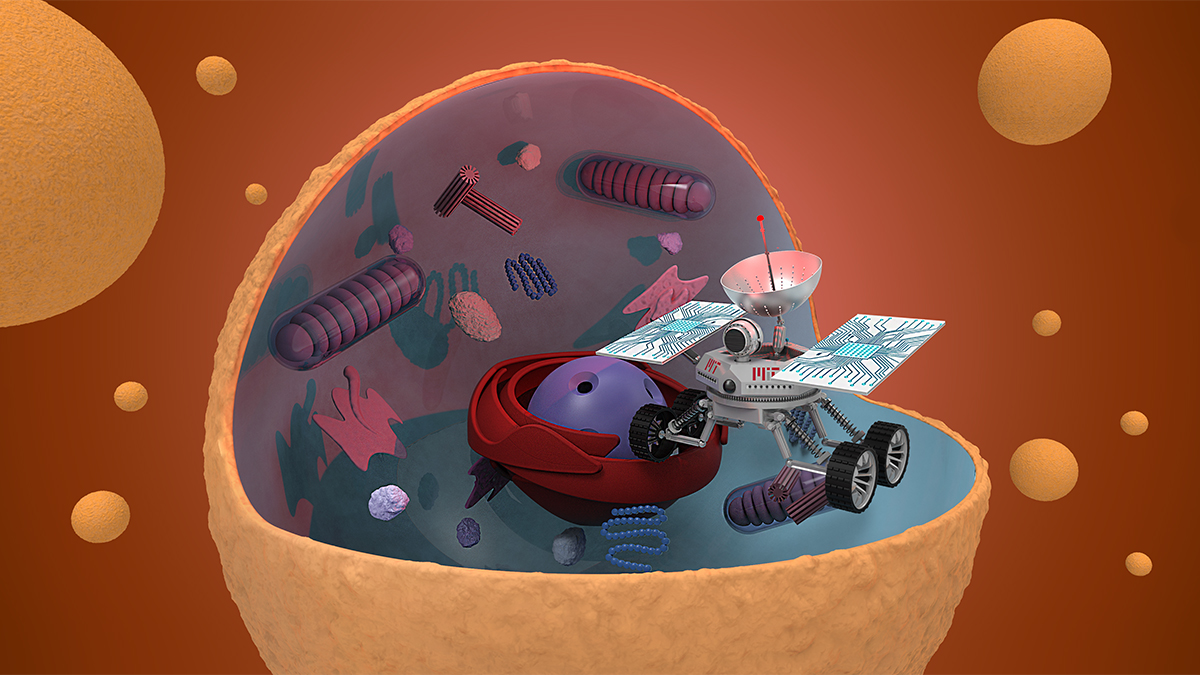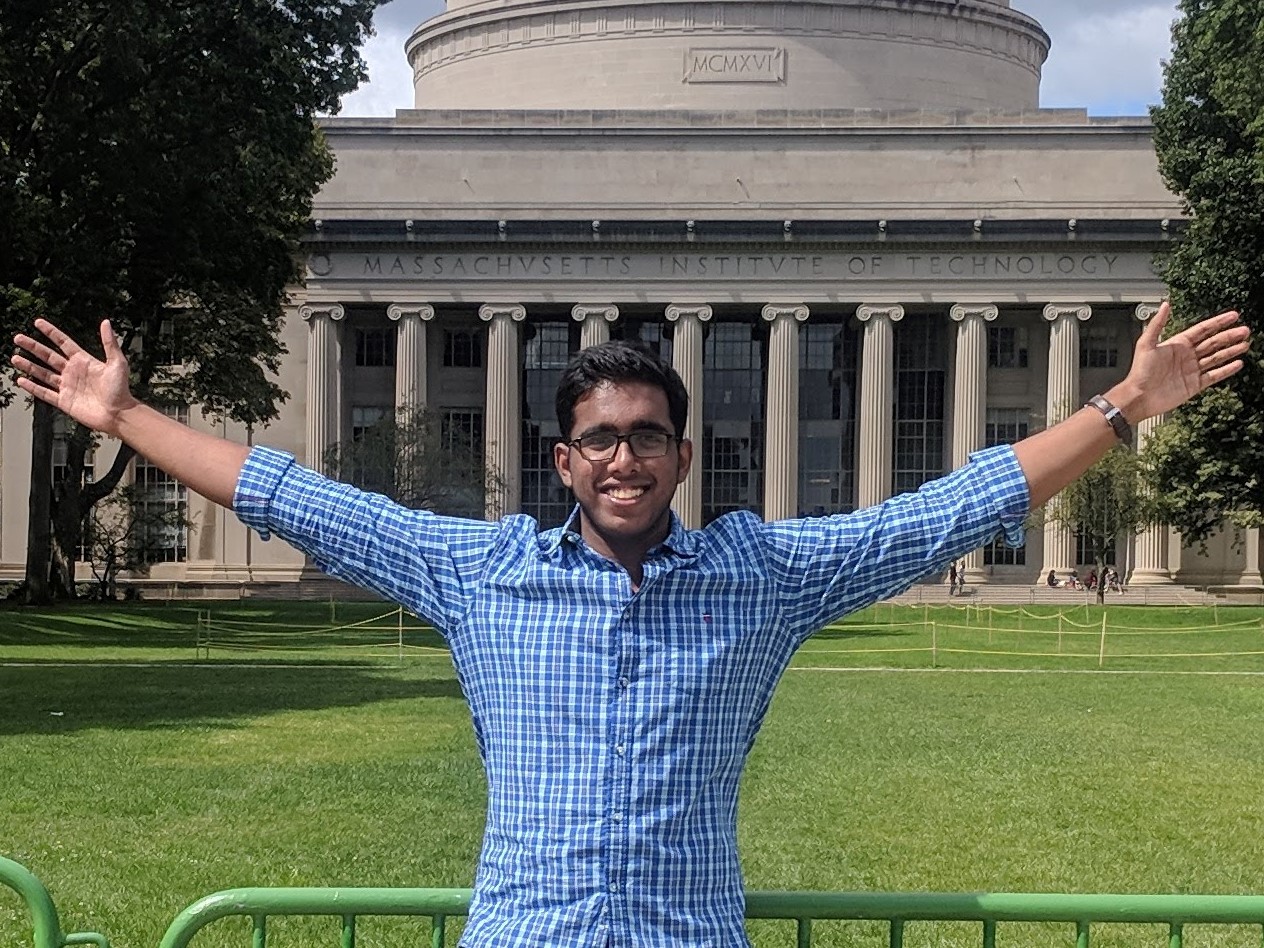
Enabling radio communication in living cells – fundamental challenges and the way forward
14th December 2022
Timing : 1 pm EST
Please use this zoom link for joining the webinar
Note: Registration is Required. Register here
For a list of all talks at the NanoBio seminar Series Fall'22, see here
Baju Joy
PhD student, Media Lab,
Massachusetts Institute of Technology
Baju is a doctoral student in the Nano Cybernetic Biotrek Lab at MIT Media Lab. He completed his Masters in Mechanical Engineering at MIT and Bachelors in Mechanical Engineering at IIT Madras. Before joining MIT, he worked as a Research Intern in the Laboratory of Plasmon-Assisted Nanomanufacturing at Purdue University. His current research combines the fields of Micro/Nanofabrication, Electromagnetics and Bioengineering to explore novel technologies for biosensing, biomodulation and brain-machine interfacing.
PhD student, Media Lab,
Massachusetts Institute of Technology
Baju is a doctoral student in the Nano Cybernetic Biotrek Lab at MIT Media Lab. He completed his Masters in Mechanical Engineering at MIT and Bachelors in Mechanical Engineering at IIT Madras. Before joining MIT, he worked as a Research Intern in the Laboratory of Plasmon-Assisted Nanomanufacturing at Purdue University. His current research combines the fields of Micro/Nanofabrication, Electromagnetics and Bioengineering to explore novel technologies for biosensing, biomodulation and brain-machine interfacing.
